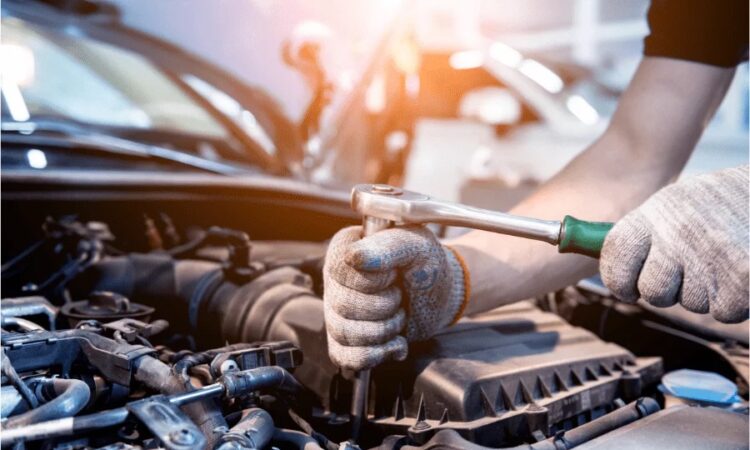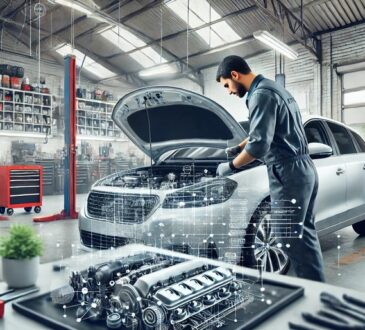
The exhaust manifold, which directs exhaust gases from the engine cylinders into the exhaust pipe, is a crucial part of your car’s exhaust system. These gases are guided through the system by the manifold and eventually reach the catalytic converter, which reduces dangerous pollutants before releasing them into the atmosphere. However, harmful effects, such as the release of hazardous exhaust gasses into the car’s interior, can result from damage to the exhaust manifold, whether it be from corrosion, leaks, or cracks.
How Exhaust Manifold Leaks Contribute to Cabin Fumes
Leaks in the exhaust system may result from issues with the exhaust manifold, such as cracks or failing gaskets. The escaping gasses could enter the car’s cabin if these leaks happen close to the engine bay. This is especially true if the car’s cabin is improperly sealed or has inadequate ventilation. Carbon monoxide (CO) and other exhaust gases can leak into the interior, endangering the health of those who live there. When excessive amounts of the colorless, odourless gas carbon monoxide are inhaled, it can cause headaches, nausea, dizziness, and in extreme situations, unconsciousness or death.
Factors That Amplify the Risk of Cabin Fumes
The possibility of exhaust gases entering the cabin as a result of manifold issues might be increased by a number of reasons. First, the likelihood of pollutants entering the interior can be increased by leaks close to the engine block, where the exhaust manifold is situated. Second, driving circumstances can increase the build-up of hazardous gases within the cabin, such as idling in an area with inadequate ventilation or driving with the windows closed. Older cars may also be more susceptible to exhaust leaks that contaminate the cabin due to worn seals or deteriorated insulation surrounding the exhaust system.
Symptoms of Cabin Fume Exposure
A noticeable odor, sometimes referred to as a “rotten egg” or sulphur-like smell, may be detected if exhaust fumes are seeping into the cabin. Sometimes the fragrance is more subtle but still noticeable, particularly when driving or sitting in traffic. Additional symptoms that are early markers of carbon monoxide exposure include headaches, light-headedness, or weariness. If you encounter these symptoms while driving, you should stop safely, open the windows to let fresh air into the cabin, and get help from a professional to check the exhaust system right once. For expert diagnostics and repairs, consider Auto Repair in Lehi, UT, to ensure your exhaust system is functioning properly and safely.
Conclusion
Fix exhaust manifold issues immediately to avoid exhaust fume exposure. Examine your car’s exhaust system regularly and correct cracks, leaks, and gasket failures immediately. Ventilating the cabin, especially during long drives, reduces fume build-up. A trained mechanic can discover and rectify exhaust problems to prevent harmful gases from entering the automobile, ensuring comfort and safety.




